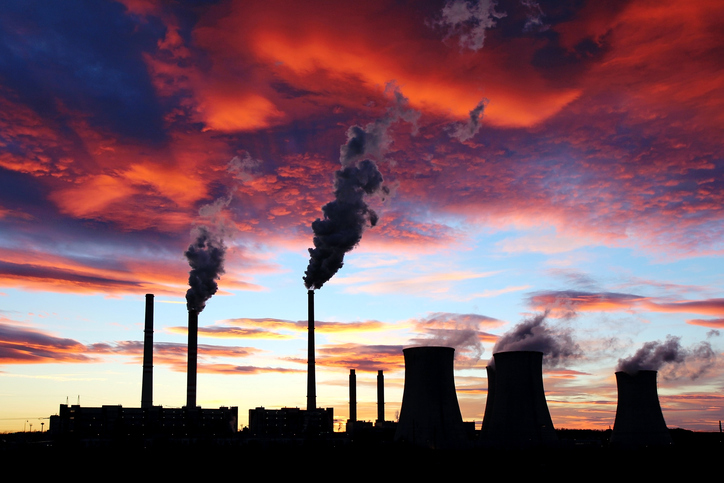 New research from Sandia National Laboratory is moving toward advancing solid state lithium-ion battery performance in small electronics by identifying major obstacles in how lithium ions flow across battery interfaces.
New research from Sandia National Laboratory is moving toward advancing solid state lithium-ion battery performance in small electronics by identifying major obstacles in how lithium ions flow across battery interfaces.
The team of researchers, including ECS member Forrest Gittleson, looked at the nanoscale chemistry of solid state batteries, focusing on the area where the electrodes and electrolytes make contact.
“The underlying goal of the work is to make solid-state batteries more efficient and to improve the interfaces between different materials,” says Farid El Gabaly, coauthor of the recently published work. “In this project, all of the materials are solid; we don’t have a liquid-solid interface like in traditional lithium-ion batteries.”
According to El Gabaly, the faster the lithium can travel from one electrode to the other, the more efficient the batteries could be.


 Scientists have found a way to make their asphalt-based sorbents better at capturing carbon dioxide from gas wells: Adding water.
Scientists have found a way to make their asphalt-based sorbents better at capturing carbon dioxide from gas wells: Adding water. Carbon dioxide accounts for over
Carbon dioxide accounts for over  The introduction of purified carbon nanotubes appears to have a beneficial effect on the early growth of wheatgrass, according to scientists. But in the presence of contaminants, those same nanotubes could do great harm.
The introduction of purified carbon nanotubes appears to have a beneficial effect on the early growth of wheatgrass, according to scientists. But in the presence of contaminants, those same nanotubes could do great harm. New research stitches together the best parts of several different bacteria to synthesize a new biofuel product that matches current engines better than previously produced biofuels.
New research stitches together the best parts of several different bacteria to synthesize a new biofuel product that matches current engines better than previously produced biofuels. The
The  New research indicates that poplar trees could be an economically viable biofuel material.
New research indicates that poplar trees could be an economically viable biofuel material.